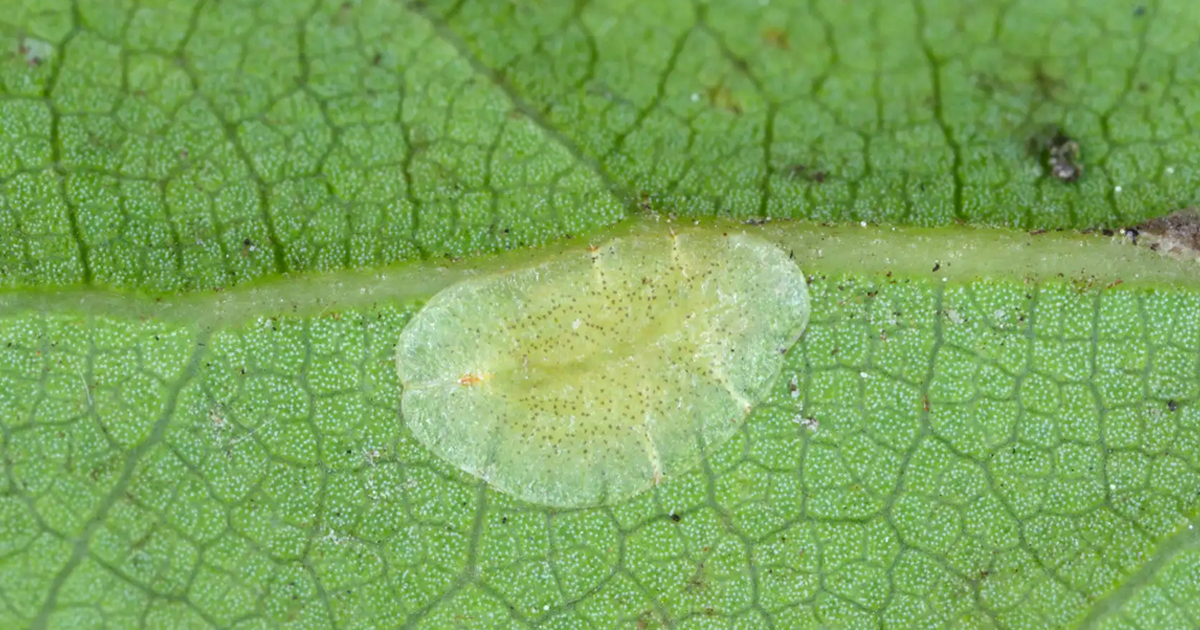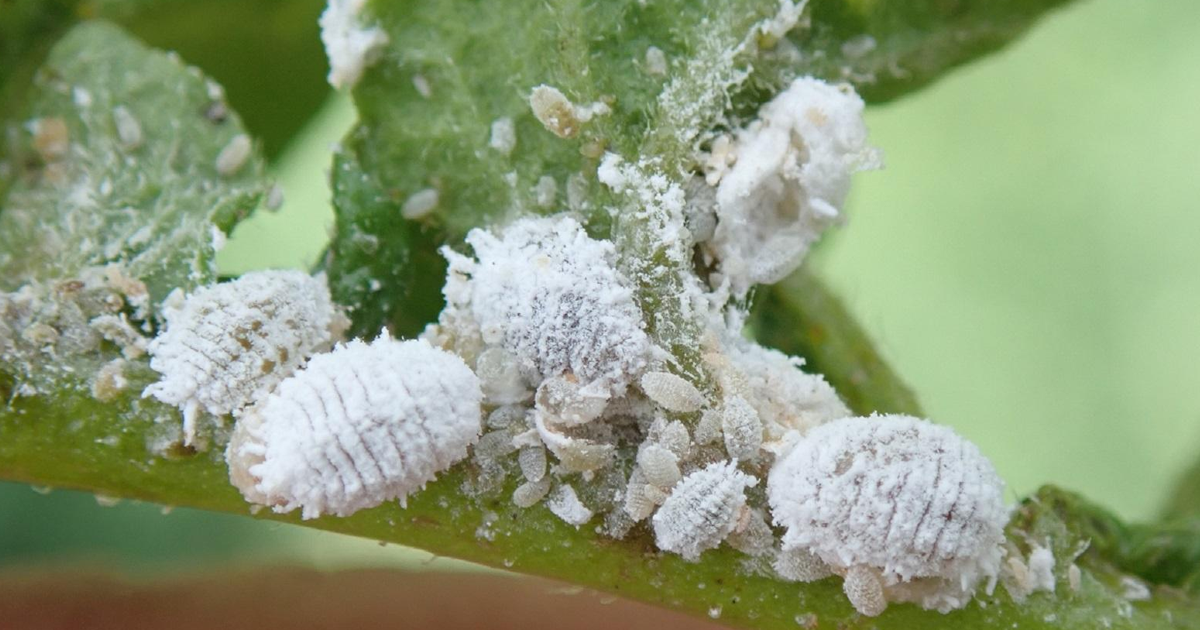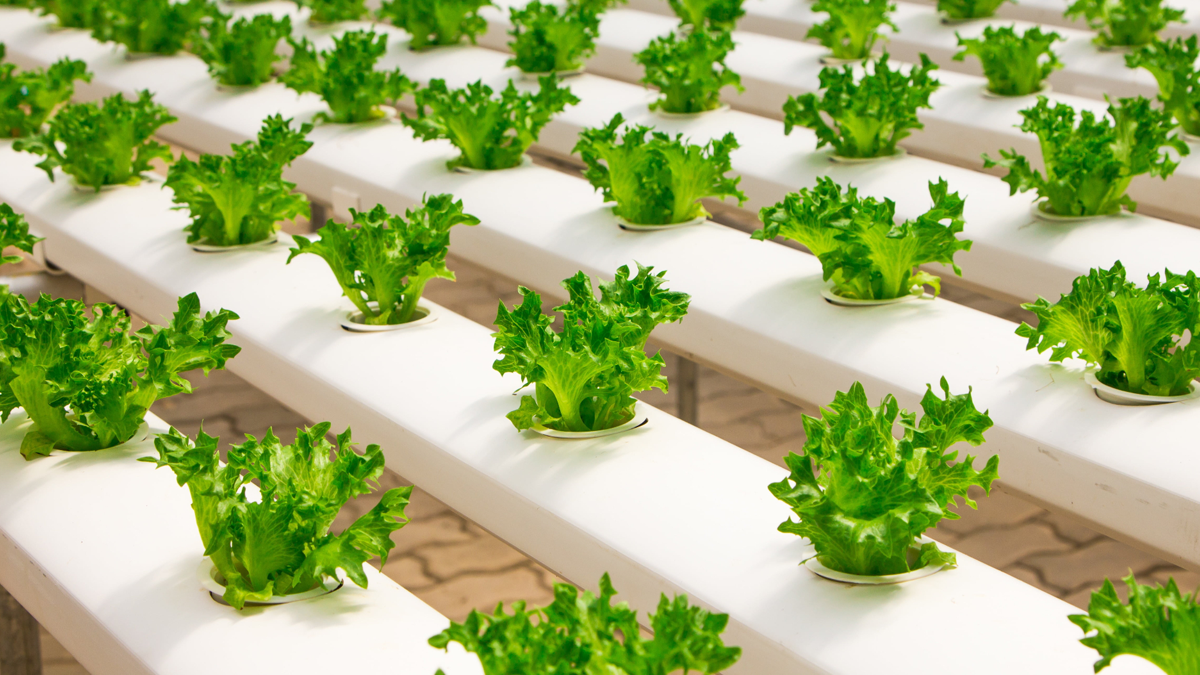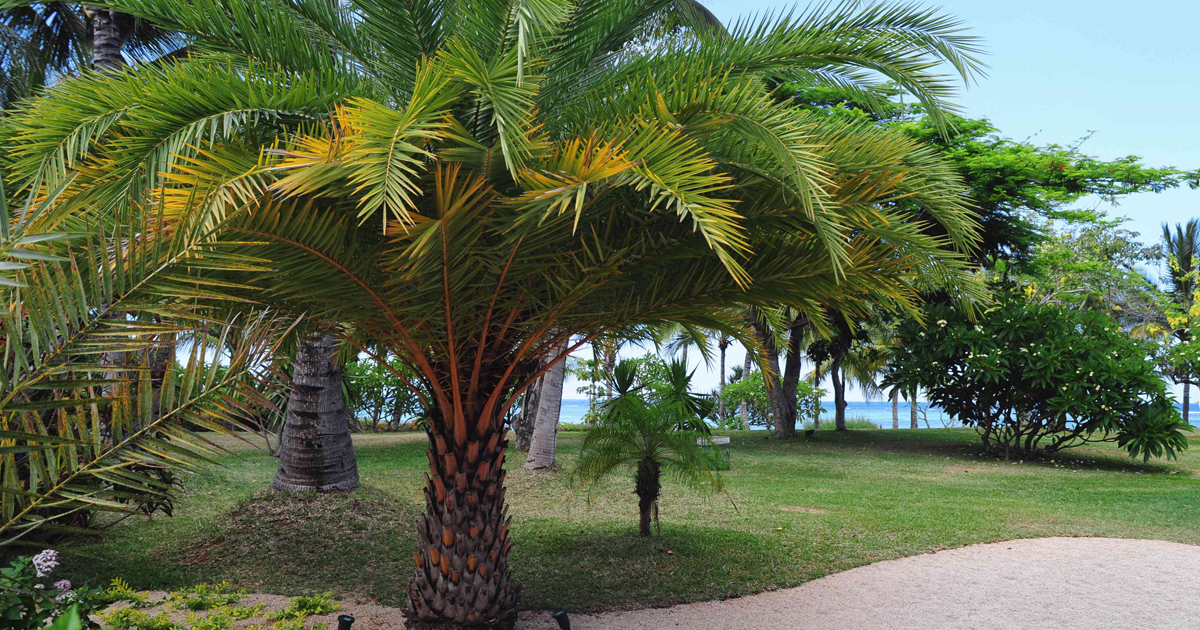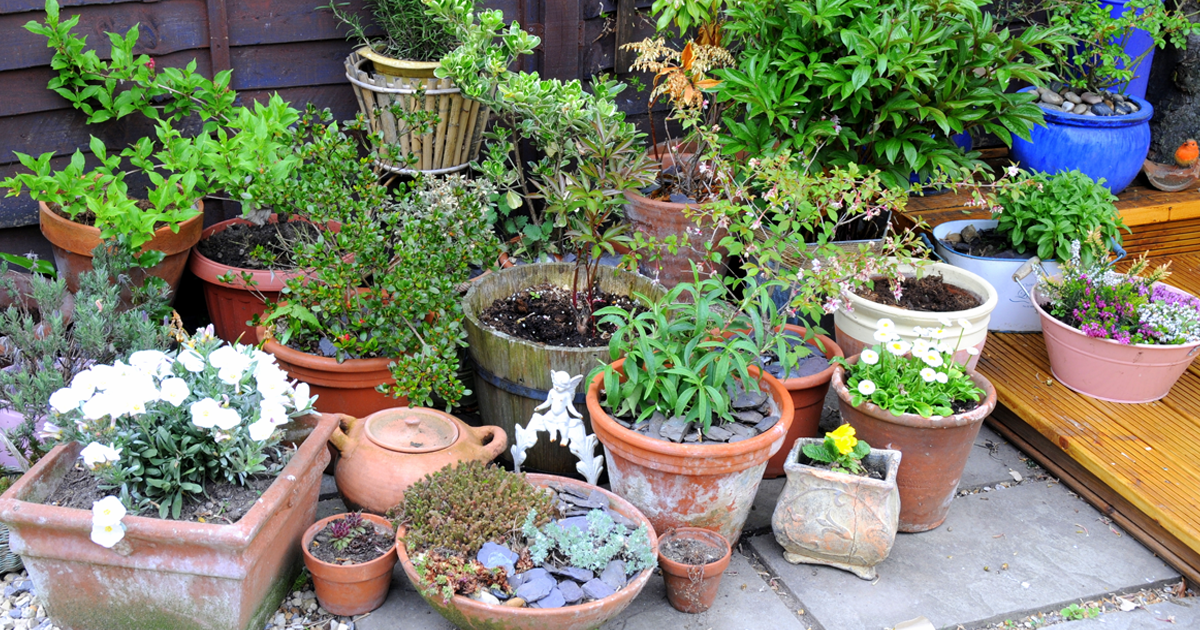
Thrips are a measure, elongated-bean-shaped insect entirely with fringed wings in the order Thysanoptera. Although thrips can be pretty small in size, they have quite the appetite and will feed on most plants including your vegetables (lettuce spinach) fruits like apple tree leaves raspberries etc ornamentals and even houseplants They feed by puncturing plant cells and sucking out the cell contents causing damaged leaves, discolored whitish or silvery leaves (stippling), fruit deformation and stunt growth. A successful thrips program should combine cultural, biological and chemical control to help limit damage. In this discussion, we will learn about methods to get rid of thrips and protect your plants from these annoying pests.
1. Diagnosing a Thrips Infestation
The key to proper control in thrips is pinpointing whether or not that sneaky pest responsible for your deformed plants actually IS the root cause! Thrips are small, less than 1/20 of an inch long -hard to see except under a hand lens. All told, they come in yellow, brown or black and their feeding damage can show up as tiny silver/white streaks on leaves & flowers. Thrips also create small black spots, fecal material which can sometimes be seen on the damaged plant parts. Thrips symptoms, to confirm their presence shake an infested plant over a sheet of white paper and the small thrips will show up as dark specks on what is now a background.
2. Cultural Control Methods
Some cultural practices are very effective in preventing thrips infestations and reducing their impact:
a). Plant Selection & Maintenance:
- Select resistant plant varieties when possible.
- Allow plants to stay healthy by providing ideal conditions for watering, fertilizing and pruning as sick or stressed out plant get attraction of thrips.
b). Sanitation:
- Remove and destroy infested plant material before pupation occurs, to help eliminate breeding areas.
- Clean garden tools could avoid thrips.
c). Plant Spacing and Diversity:
- Overplanting can cause plants to be crowded making it harder for air circulation around each even plant, because of this the environment will make a perfect breeding ground for thrips.
- Practice crop rotation & interplanting with nonhost species will help to break thrips life cycles.
3. Biological Control of Thrips
Biological control is the practice of using natural enemies to reduce thrip populations.
a). Predatory Insects:
There are a number of predatory insects and other organisms that will prey on thrips, including
- Predtory mites (e.g., Amblyseius spp.) are natural predators of thrips larvae and adults.
- Minute pirate bugs (Orius spp.) prey on larvae and adult thrips.
- Green Lacewing Larvae (Chrysoperla spp.) also prey on thrips.
b). Parasitic Wasps:
- Thripobius semiluteus and Ceranisus menes parasitise thrips with wasp larvae consuming the contents of their host so that it dies as they mature.
c) Entomopathogenic Fungi:
- Some fungi for instance Beauveria bassiana and Metarhizium anisopliae can infect thrips when applied as biopesticides.
4. Chemical Control
Chemical controls should be your last resort option, as pesticides can kill beneficial insects and effect the environment. If needed, choose and use thrips-acting insecticides:
a). QDomycel Renew Cleaners :
- Horticultural oil in addition to soaps are effective against thrips particularly young nymphs. These types of products suffocate the insects or mess up their cell membranes.
b). Systemic Insecticides:
- What are systemic insecticide? including soil applied; foliar spray – imidacloprident The above insecticides are systemic and will protect the plant against thrips for several weeks.
c). Spinosad:
- An extract derived from a naturally occurring bacterium, spinosad works as an effective and relatively safe thrips remover. It affects the nervous system of insect that results in paralysis and death.
5. Control Methods For Thrips:
Integrated Pest Management (IPM) In order to gain control of thrips in a sustainable manner with minimal environmental impact, an IPM approach utilizing various tactics should be practiced and can include but not limited too the following culturing methods; that is
a). Monitoring & Detection –
The first step is identifying if there are any pests present on your plants.
b). Threshold Levels:
These are the acceptable level of damage thresholds based on plant type and use. This helps to identify when an intervention is needed.
c). Control Method Combination:
Use cultural, biological and/or chemical control combinations to manage thrips populations efficiently (Table 1-6). An example is to introduce predaceous insects while maintaining good sanitation and using insecticidal soaps as necessary.
6. Preventism Controlling
Thrips before they become established is generally more effective than waiting until populations are high (for instance bio-control may slow the build-up, rarely eliminate a population). Here are a few things to keep thrips away.
a). Preventionype of outbreak on your plants; that can turn into a fully fledged infestation.
b). Physicolegal barriers:
Row cloths or insect nets are effective in protecting the thrip-susceptible plants during their most active period
c). Reflective Mulches:
These are mulches like aluminized foil or silver, can deter thrips and decrease the rate of colonization on plants.
7. Control of Thrips in Greenhouses
Greenhouses can provide a controlled environment that can be conducive to managing thrips:
a). Environmental Controls:
Maintain appropriate temperature and humidity levels while reducing… Thrips like warm, dry conditions so raising humidity can help limit thrip populations as well.
b). Biological:
Release natural predators, such as predatory mites and parasitoid wasps, into the greenhouse to biologically control thrips
c). Exclude Thrips:
To keep thrip populations outside of the greenhouse, block their entrance by placing fine mesh screens on vents and ventilation openings
Summary
Thrips are difficult to control and thorough combination of identification, cultural practices, natural enemies and selective insecticide applications. Learn how to manage thrips using an Integrated Pest Management approach and some things you can do proactively in order save your plants from them. Is important to know plants must be in the best health possible, by giving them good care and monitoring. It is essential if you want keep thrip problems under control. By working hard and using the right methods you can have a thrips-less garden or greenhouse.
